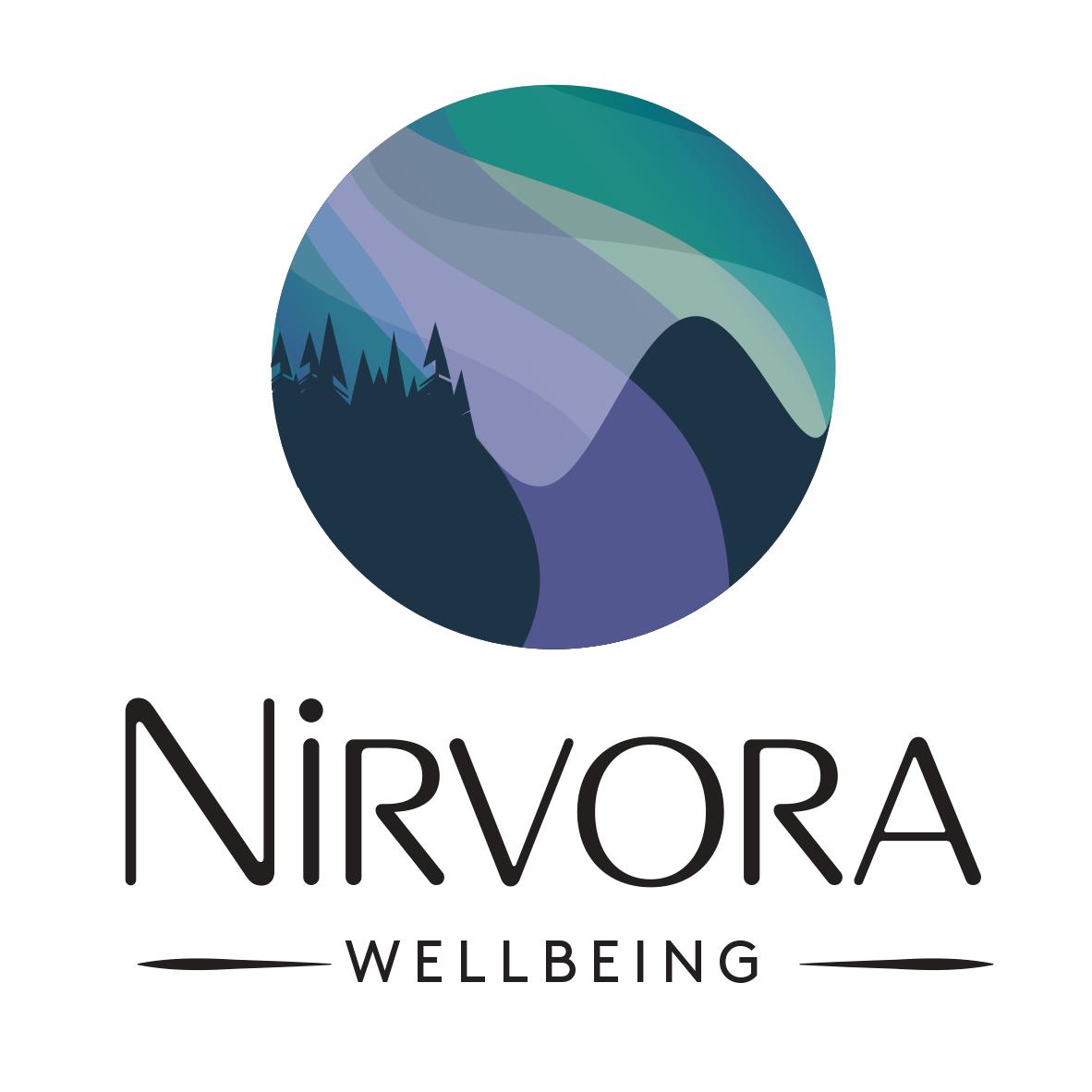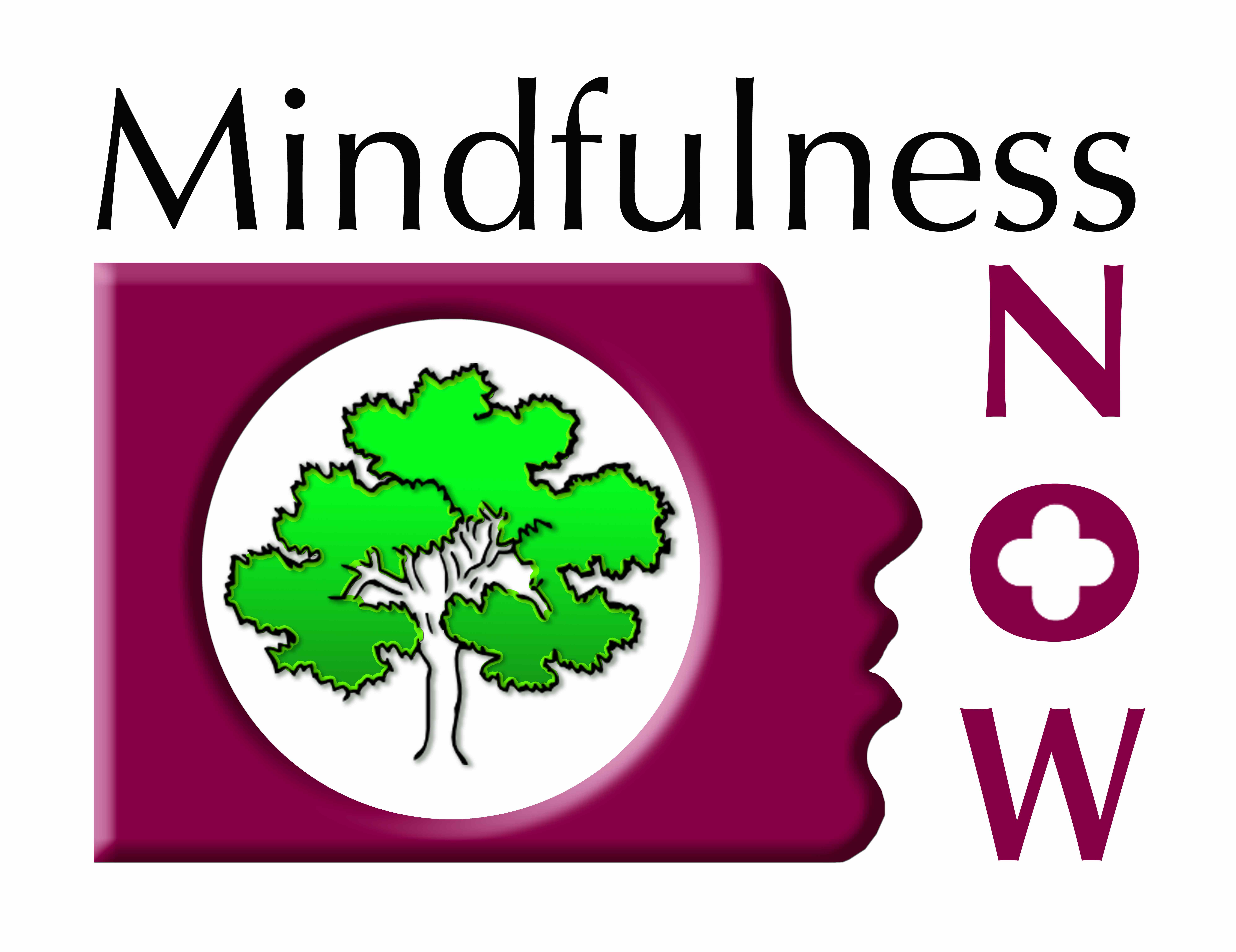Physical activity - “any bodily movement associated with muscle contraction that increases energy expenditure above resting levels” (IHS).
This can involve activities from formal sports, to structured gym classes through to leisure activities such as walking, biking, swimming and so on. You may be interested and surprised to know, it also includes ‘Non-Activity Exercise Thermogenic’ (NEAT) forms of movement, also known as non-exercise physical activity (NEPA). This includes all of the physical movement in our lives that is not planned exercise or sport (nor sleeping, breathing or eating). Examples of NEAT include daily activities such as cleaning, gardening, cooking, shopping, playing and even smaller movements such as fidgeting or playing a musical instrument. While it may not seem like a lot, it turns out that NEAT has a significant impact on our metabolic rate and calorie expenditure.
I am deliberately choosing to stay away from the word “exercise” – as often this word conjures up the image of gym memberships, the latest sports equipment and branded clothing. Which suites some people but can fill other people with dread. The focus of this blog is more about the generalised term ‘movement’ and ‘physical activity’– after all physical movement can be one of the most powerful forms of medicine!
Modern day life has become more sedentary than ever before, we can have everything we require available at the end of our finger tips, should we require. Via technology, we can work from home, complete ALL of our shopping online, we can keep in contact with friends and loved ones (without physically meeting up with them) and we don’t even have to go out to have “treat” as take aways can be delivered directly to our door. Obviously, this is a generalised, sweeping point of view but none-the-less it gives an idea of how the convenience of life can make daily life more accessible. Consequently, as a nation our jobs and lifestyles do not encourage us to be as physically active as generations prior. Therefore, it is important that physical activity/ movement is now consciously considered and planned within our daily/weekly routines. Ideally, within a week, there ought to be a mixture of strength, aerobic and flexibility movement complete. For specific, official recommendations on physical activity please search the guidelines from NHS or NICE.
If going for a walk first thing in the morning or at the end of your working day, is your thing – start small and plan in one day a week (initially) this could be achieved! Or perhaps jumping on your bike works for you – why not make this the week you service your bike and plan what day/time you can get out and enjoy it. If completing an online yoga or pilates class is your thing – can you add it onto an existing habit and make it part of your weekly routine?
For those who do not enjoy formal exercise or struggle to fit as much in their week as they would like, perhaps focusing on NEAT may the way forward. Although it may not feel like much of a physical workout, research has shown NEAT can significantly affect our metabolic rate, reduce cardiovascular events, support weight loss, reduce the risk of developing type 2 diabetes and much more. It has been shown that people living in the Blue Zones, which are the areas of the world with the highest levels of centenarians, have high levels of NEAT but engage in low levels of formal exercise. Perhaps suggesting how regular light movement can positively impact on our lives.
For those who enjoy sports and formal exercise, increasing NEAT movement and decreasing sedentary behaviour helps us benefit further from our workouts.
It doesn’t have to take a lot to consciously increase the amount of movement we incorporate into our daily lives, whilst deliberately reducing the amount of time we are sedentary. Can you take the stairs rather than the lift? can you have a standing desk at work? do you enjoy gardening, and can you increase the amount you do? When working at your desk, can you take regular breaks and add in some deliberate movement, body resistance (e.g. squats as you wait for the kettle to boil) or walk a circuit in the office? Next time you are hoovering, go for it, knowing, such everyday movements/ jobs can contribute to your overall health and wellbeing.
Many people may be pleasantly surprised how beneficial increasing our NEAT activity can be. For example, 30 minutes of digging a flower bed, burns approximately 315 calories, which is equivalent to 45 minutes gently cycling.*
No matter how we do it, the more we can move our body, and increase our energy expenditure above resting levels, the better we can feel. Benefits can include (to name but a few): loss of weight, increased energy levels, concentrate better, support our nervous system which, in turn can help us manage conditions such as stress and anxiety or deal with trauma. Improve the quality and/or quantity of sleep, through to keep us fitter and stronger for longer.
As your NLC, I would work in collaboration with you to find what activities suite you and your individual circumstances. Together we would plan achievable and realistic targets (short and long term), which move you towards your personal lifestyle goals. Please feel rest assured, you will not be provided the information and packed away to get on with it by yourself, you will be supported and encouraged throughout and I will also be there to celebrate with you as you reach each step!
To find our more information, or arrange a free 20-minute consultation, please contact me!
I encourage you to, invest this time into yourself – as you are absolutely worth it and please don’t doubt that! Xx
*NB this is a rough guide, obviously many factors make a difference to these exact figures.





